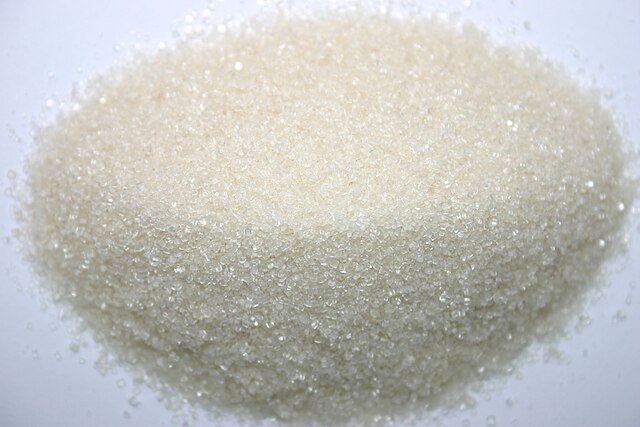Global sugar prices sunk on July 23, 2024 in the futures markets as production hubs Brazil and India reported surplus.
On the 23rd, sugar #11 or unrefined sugar for October delivery lost by –0.77% in New York, according to Barchart. This was even as refined white sugar #1 in London shed 1.39%.
A spot check on Market Insider on July 24, 2024 showed that there has not been great improvements since then. For one, the highest price on the 24th was $0.20 a pound, the same as on the 22nd.
In comparison, the postings a week earlier on July 15 were at $0.19 a pound, amid a then ongoing price weakening.
On July 16, sugar #11 lost by -1.33% in New York while #5 or complete white sugar shed 0.75% in London.
The price downturn to a quarter 3, 2024 average of $19.75 a pound owes to upward production and milling in key nations.
Uptick Milling in Brazil
One of these sources is Brazil, whose sugar milling has risen for the connected reason that crude oil rates are weak.
Incidentally, a price depreciation in crude oil also lowers the price of ethanol which comes from sugar. This in turn compels Brazil’s sugar millers to increase milling to compensate the low rates.
On top of this, Brazil’s cane production will rise by 1.3% for the 2024-25 period to a historic 46.292 million tonnes. This data by Conab, the country’s sugar regulator, could be bearish on the sweetener.
India’s Lower Monsoon
Another nation that could cause low sugar rates is India, whose production is up despite below-average monsoon.
The weather department reported that the monsoon rains were 2% below the yearly average by mid-July 2024. In theory, this should mean lower production and high prices. However, May 2024 forecasts that 2024 monsoon rains would be 2% above the 104% average are still bearish on sugar prices.
Additionally, the Indian Sugar Mills Association (ASMA) announced on July 3, 2024 that India has sufficient quarterly sugar stocks at 9.1 million tonnes.
Hence, analysts predict that the country could now relax its grip on its domestic supplies and allow exports.
If India allows exports of raw and unrefined sugar, this could mean further global surplus and price meltdown.
In summary, as Brazil and India report extra reserves, consumers can expect global sugar prices to remain low. And as the facts below reveal, production and price have always gone hand-in-hand historically in the sugar industry.
Global Sugar Prices Statistics
The latest developments on the world sugar reserve situation include India’s announcement of a 3.36 million-tonne surplus on July 3, 2024. This could prompt export resumption and saturate the world market. This development also adds to a sugar production rise in Brazil in the 2023-24 year of 25.7%, according to Unica. The U.S. Department of Agriculture in May 2024 also forecast a global sugar production hike of 1.4% for the 2024-25 season, to 186.024 million tonnes.
How has production affected global sugar prices in the recent past?
According to the International Sugar Organization (ISO), world sugar reserves in October 2023 for the 2023-24 year stood at 179,887,000 tonnes. This was more than those of the 2022-23 year at 178,328,000 tonnes. However, this was a deficit of -315% while the 202-23 year had a surplus of 310%. As a result, the November 2023 sugar prices were bullish and averaged $0.2790 per pound, according to Trading Economics. As the 2023-24 season progressed, prices in some months of 2024 went down as production increased. Hence, the July 2024 price stood at a low $0.18-a-pound mark.
What are the most recent highs and lows in world’s sugar prices?
The global price has come down from $0.28 a pound on November 7, 2023, to $0.1833 a pound on July 24, 2024. In -between these two extremes, there has been a rise and fall pattern in pricing, sometimes showing volatile drops. For instance, in late 2023, the price descended from $0.279 on November 21 to $0.232 per pound on December 21. In 2024, prices rose in January, fell in March through May, then rose slightly in June, before an eventual July decline.
